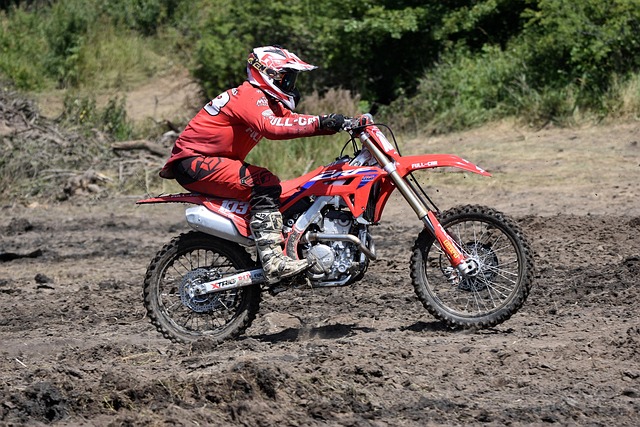Unleashing Your Maximum Strength Potential: A Guide to Unlocking Your Ultimate Power
When it comes to strength training, the concept of maximum strength often evokes visions of power lifters hoisting incredible weights. However, this notion can be intimidating. The truth is, maximum strength isn’t just about lifting heavy; it’s about harnessing your body’s full potential to perform at its peak. Whether you’re a seasoned athlete or just starting your journey, understanding and achieving your maximum strength can empower you in ways you never imagined.
Understanding Maximum Strength
Maximum strength is the greatest amount of force that your muscles can exert in a single effort. It is a critical element for athletes, as it lays the foundation for all other strength-related qualities such as endurance, speed, and power. But it’s not exclusive to competitive athletes; everyone can benefit from developing their strength, leading to improved daily functioning, enhanced athletic performance, and even greater confidence in everyday tasks.
The Mental Aspect of Strength
A significant, often overlooked aspect of achieving maximum strength is the mental component. Strength training is as much a mental challenge as it is physical. The moment you step into the gym, challenging yourself to lift heavier weights or try new exercises, you’re engaging in a battle with self-doubt and adversity. Embracing this challenge can unlock your true power. Visualization techniques and positive affirmations can help reinforce your belief in your own strength and capabilities.
Training for Maximum Strength
Reaching your peak requires a strategic approach to training that focuses on several key principles:
- Progressive Overload: Gradually increasing the weights you lift is essential to stimulating your muscles. This principle ensures that your body is continually challenged, leading to adaptation and growth.
- Compound Movements: Incorporate exercises that engage multiple muscle groups, such as squats, deadlifts, and bench presses. These lifts not only build strength but also improve coordination and stability.
- Proper Form: Technique is paramount when lifting heavy weights. Always prioritize good form to prevent injuries and ensure that you’re effectively targeting the right muscles.
- Structured Programming: Follow a well-designed strength program that includes variations in intensity, volume, and exercise selection. This helps avoid plateaus and keeps your training engaging.
Nutrition and Recovery
To unlock your maximum strength potential, proper nutrition and recovery are equally important. Fueling your body with the right nutrients will support muscle growth and recovery. Focus on a balanced diet rich in:
- High-quality protein sources
- Healthy fats
- Complex carbohydrates
- Hydration
Recovery is just as crucial. Ensure you get adequate sleep and incorporate rest days into your routine. Overtraining can lead to injuries and hinder your progress, so listen to your body.
Track Your Progress
Documenting your journey can provide motivation and insight into what works for you. Keep a training log that notes your exercises, weights lifted, and how you felt during each session. Regularly reassessing your strength levels can also provide a clear picture of your growth, making the process even more rewarding.
Building a Support System
Lastly, surround yourself with like-minded individuals who share your passion for strength training. Whether it’s joining a gym or connecting with friends online, having a support system can provide encouragement and accountability. Sharing your goals and celebrating achievements, no matter how small, fosters a positive atmosphere that can keep you motivated along the way.
Unlocking your maximum strength potential requires patience, persistence, and a willingness to push beyond your limits. By embracing the journey and committing to your growth, you will not only become stronger physically but also develop the resilience and confidence necessary to conquer challenges both inside and outside the gym.




